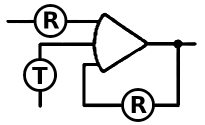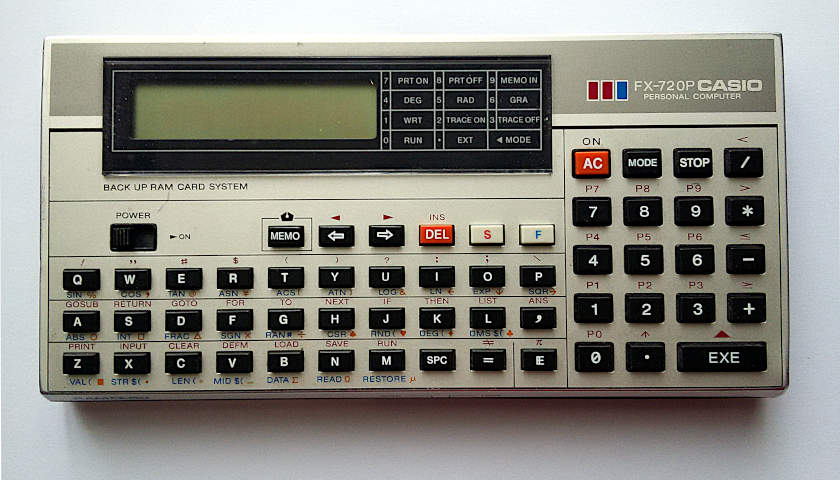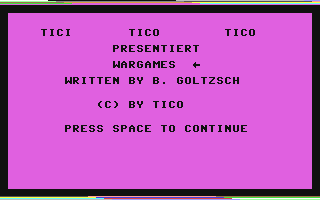Casio vs. Sharp: A Tale of Programmability
At the heart of the difference between a calculator and a computer is the level of control given to the user. Take, for example, the Casio FX-720P, a programmable calculator that confines users to its BASIC environment. Unlike its counterparts, the FX-720P lacks commands such as PEEK/POKE or SYS/CALL, limiting access to the device's underlying hardware.
However, not all Casio models adhere to such restrictions. Enter the Casio PB-1000, a pocket computer equipped with an assembler that gives users the freedom to go beyond the confines of BASIC programming. In addition, some models in the FX-770P series include a "simulated" assembler, albeit with limited functionality, offering a glimpse into the realm of machine language programming.
In contrast, certain Sharp models, such as the PC-1250 and PC-1500 series, provide commands such as PEEK/POKE/SYS, allowing users to fully access the device's hardware and break free from the confines of BASIC programming. Despite their simpler design, these Sharp devices offer a level of flexibility that their Casio counterparts often lack.
The Rise of Casio: From Calculators to Pocket Computers
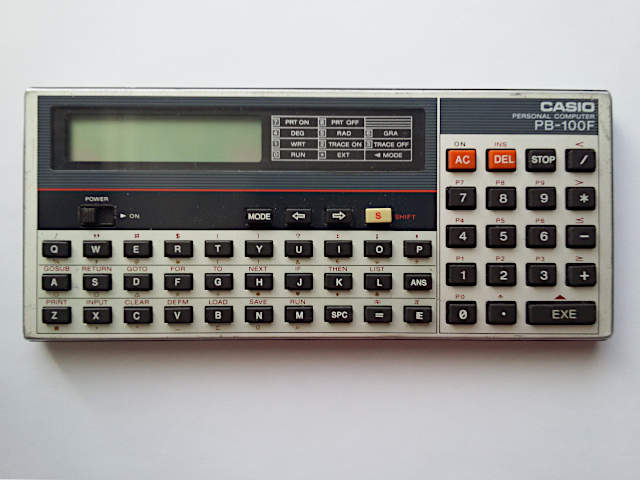 Casio's journey in handheld computing has been one of innovation and mass appeal. While not always the most advanced, Casio's calculators dominated the market, offering a wide range of models to meet different needs. The FX-501P/502P/601P/602P series from 1979 showcased Casio's early foray into programmability. However, it met with varying degrees of success. In addition, Casio has more calculators than anyone else: infinity of models, it is impressive to see so much variety unmatched by any other brand: it is impossible to count the infinity of models presented in http://casio.ledudu.com/ .
Casio's journey in handheld computing has been one of innovation and mass appeal. While not always the most advanced, Casio's calculators dominated the market, offering a wide range of models to meet different needs. The FX-501P/502P/601P/602P series from 1979 showcased Casio's early foray into programmability. However, it met with varying degrees of success. In addition, Casio has more calculators than anyone else: infinity of models, it is impressive to see so much variety unmatched by any other brand: it is impossible to count the infinity of models presented in http://casio.ledudu.com/ .
A pivotal moment in Casio's history was the introduction of the FX-7000G, the world's first graphing calculator, in 1985. Despite its high initial cost, it paved the way for future innovations in the field. However, Casio's programmable models often lagged behind competitors such as HP, especially in terms of flexibility and software sophistication.
A Comparative Analysis of HP and Casio Pocket Computers
Pocket computers have come a long way since their inception, evolving from simple calculators to sophisticated devices capable of running complex programs. In this section, we'll explore the interesting dynamics between two major players in the pocket computer industry: HP and Casio.
Hewlett-Packard (HP) emerged as a formidable competitor in the handheld computing market, known for its quality craftsmanship and advanced features. Models such as the HP-28C and HP-28S featured unprecedented software capabilities, including a computer algebraic system (CAS) and extensive programmability. However, such sophistication came at a price, making HP devices inaccessible to the average consumer.
In the Casio you could only have 10 programs (P0 to P9), above without name (you called it by a number: from P0 to P9), while in the HP you could have the programs you wanted and each program you gave a name that you could use anywhere as if it were another command: you expanded the commands of the machine. It allowed such fundamental things as local variables, passing arguments to programs, etc, things that were science fiction for Casio. It also included a SYSEVAL command (not documented beyond the danger it posed), which allowed you to escape the embedded software and execute machine code or call internal routines: it was a machine sold as an advanced scientific calculator but was a pocket PC.
Casio, on the other hand, was widely adopted by the masses because of its affordability and variety of products. Despite its programmability limitations, Casio's calculators became ubiquitous, shaping the handheld computing landscape for generations to come.
HP's Pioneering Efforts
When it comes to pocket computers, HP has always been at the forefront of innovation. Their programmable models were not just calculators; they were powerful tools that allowed users to receive feedback on commands entered and even review and edit programs. However, these machines came with a hefty price tag that made them inaccessible to the average consumer. Despite their advanced features, HP calculators remained out of reach for most people.
Casio's Dominance in the Calculator Market
In contrast, Casio carved out its own niche in the calculator market. While HP focused on high-end, programmable devices, Casio targeted a broader audience with more affordable options. Casio calculators offered a wide range of functions and features, making them popular with students and professionals alike. In addition, Casio calculators were often more user-friendly than their HP counterparts, appealing to a mass market of consumers.
The Role of BASIC Programming in Pocket Computers
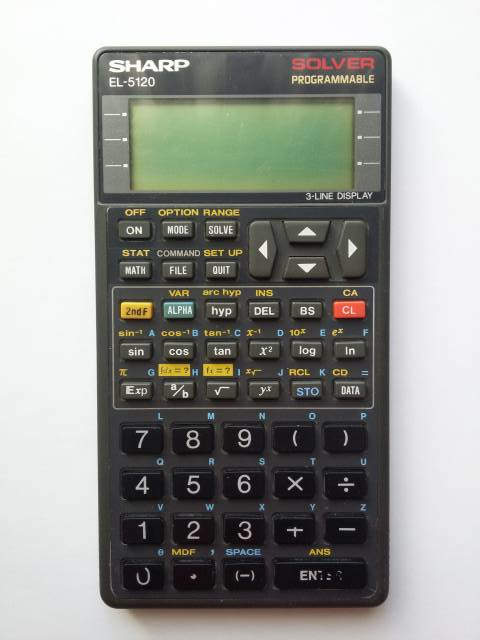 One notable difference between HP and Casio pocket computers was their approach to BASIC programming. While both brands offered programmable models, Sharp's simpler devices often included commands such as PEEK, POKE, and SYS, giving users access to machine language programming. This gave Sharp calculators an edge over Casio models, despite having fewer features. By allowing users to delve into machine language programming, Sharp calculators became personal computers, offering unlimited possibilities beyond standard calculator functions.
One notable difference between HP and Casio pocket computers was their approach to BASIC programming. While both brands offered programmable models, Sharp's simpler devices often included commands such as PEEK, POKE, and SYS, giving users access to machine language programming. This gave Sharp calculators an edge over Casio models, despite having fewer features. By allowing users to delve into machine language programming, Sharp calculators became personal computers, offering unlimited possibilities beyond standard calculator functions.
The Rise of Calculator Watches
In the realm of wearable technology, calculator watches emerged as a curious phenomenon. Casio dominated this market with a plethora of models that catered to various needs and preferences; I had one in high school, and I believe its model was the DBC-610. However, HP's foray into calculator watches with the HP-01 demonstrated an unprecedented integration of timekeeping and computing functions. Unlike Casio's segmented designs, the HP-01 seamlessly integrated a calculator into a wristwatch, offering unprecedented convenience and functionality. For example, I can take the time to add x minutes (or any operation that the calculator allows, including HMS and date operations) and set the alarm to sound at that time: in other words, it operates with the time/date thanks to the calculator. Despite its innovative features, the HP-01 failed to catch on in the market, overshadowed by Casio's more affordable and accessible offerings.
The Definition of a Personal Computer
What defines a personal computer? Is it raw processing power, or is it the ability to access and manipulate hardware beyond predefined parameters? From vintage computers like the Commodore 64 to modern smartphones and tablets, the concept of a personal computer has evolved over time. Regardless of the device's specifications, what matters is its ability to run programs and interact with hardware, allowing users to unleash their creativity and productivity.
In terms of programmability, being a personal computer or not is not a question of power, but rather that the machine provides access to the hard drive beyond what a closed pocket calculator allows. For example, a Commodore 64 is a personal computer, although its 38911 free bytes for BASIC at 1MHz seem very limited, and there are calculators (or devices sold as calculators, even if in some cases they are pocket PCs with more or less advanced calculator software) that are much more powerful.
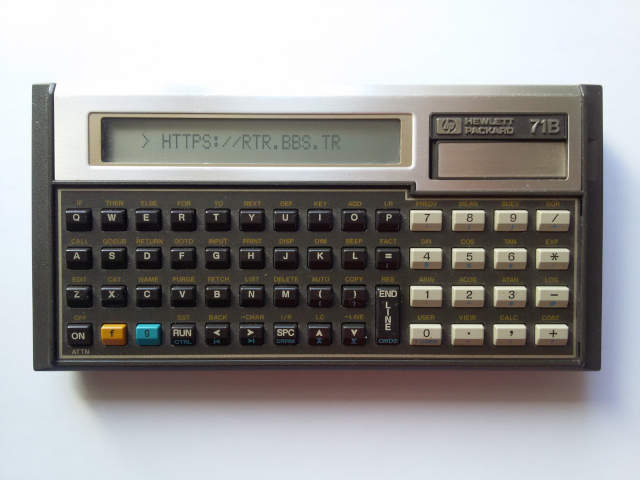 A smartphone or a tablet are personal computers: they allow programs to run with access to the full power of the machine, even if they do not include standard applications for programming on them (which can be added later). Even a PC today can be compared without any software (even without OS), it does not even come with a BASIC interpreter, and this does not mean that it is not programmable or not a computer, because you can load the OS of your choice and put the programming tools you want. Recall as a curiosity that Casio put in almost all its models of pocket computers or programmable calculators in BASIC (of which most could not escape from this BASIC) "PERSONAL COMPUTER". On the other hand, the HP-71B, which was a flagship of programmable calculators, only says "71B" (and the label on the bottom only says "computing device" in a tiny font), while this machine is a pocket personal computer: it allows to escape from the calculator environment and to do anything through its interface options.
A smartphone or a tablet are personal computers: they allow programs to run with access to the full power of the machine, even if they do not include standard applications for programming on them (which can be added later). Even a PC today can be compared without any software (even without OS), it does not even come with a BASIC interpreter, and this does not mean that it is not programmable or not a computer, because you can load the OS of your choice and put the programming tools you want. Recall as a curiosity that Casio put in almost all its models of pocket computers or programmable calculators in BASIC (of which most could not escape from this BASIC) "PERSONAL COMPUTER". On the other hand, the HP-71B, which was a flagship of programmable calculators, only says "71B" (and the label on the bottom only says "computing device" in a tiny font), while this machine is a pocket personal computer: it allows to escape from the calculator environment and to do anything through its interface options.
The Decline of HP and the Rise of Casio
In recent years, HP's presence in the pocket computer market has waned as the company outsources production to Chinese manufacturers and focuses primarily on educational devices. HP's once revered calculators have been overshadowed by Casio's relentless innovation and commitment to quality. As HP struggles to maintain relevance, Casio continues to thrive, refining its products and expanding its market share. With each new iteration, Casio gets closer to realizing its full potential and cementing its status as a powerhouse in the pocket computer industry.
In conclusion, Casio is the one that can win: HP is not even a shadow of its former self: it's been a long time since they don't make their calculators anymore, but subcontract them to Chinese manufacturers/brands, and most of their models are bad/poor. They only have the HP-12C (which is the longest-lived calculator in history: it was introduced in 1981 and is still sold, although they had to redesign the hard interior because there is no way to make it with the original anymore), and their advanced machines have neither the quality nor the professionalism that the original HP-48 had. In the past these HP were also machines for professionals, today all these machines are only for teaching.
Looking Back: The Retro-Future of Pocket Computers
As technology continues to evolve, the distinction between calculators and personal computers is becoming increasingly blurred. Modern devices such as smartphones and tablets embody the essence of personal computing, offering unparalleled versatility and accessibility. In this ever-changing landscape, Casio remains a stalwart competitor, constantly refining its products to meet the demands of a dynamic marketplace. While HP may have faded from its former glory, Casio's resilience and commitment to innovation position it as a leader in the field of handheld computing.
In conclusion, the evolution of pocket computers - from humble calculators to sophisticated handheld devices - reflects the relentless march of technological progress. Whether it's Casio, Sharp, or other manufacturers, each contribution has shaped the trajectory of this fascinating journey and left an indelible mark on the history of computing. As we look to the future, one thing is certain: the era of handheld computing is over, and its boundless possibilities have faded into history.
